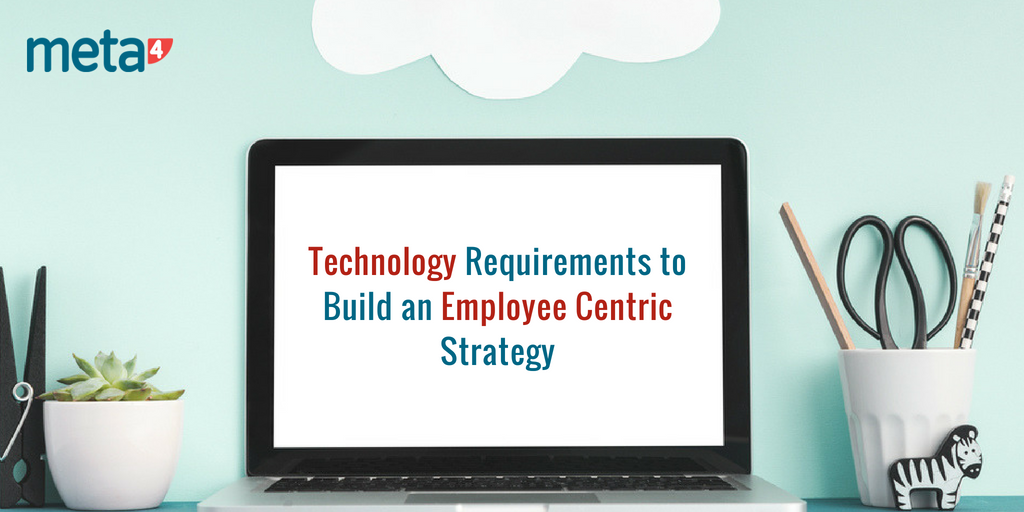Felicia Fields, the recently retired VP for HR services for the Ford Group, said some time ago, “Our mission is to make employees’ lives better by changing the way we think about work, feel about work, and the way we do our work differently.” This simple, but resounding reflection on HR’s role tunes in clearly with what is shaped as one of the main trends in people management: employee centricity and how it is rendered in practice in employee experience.
Addressing people’s needs and concerns has always been a priority for HR, as aligning expectations with their organization’s business needs is part of their responsibilities. In this sense, HR in companies worldwide have recently been launching many initiatives mainly focused on skills shortages and employee retention. For example, the Hays 2017 IT Salary Guide offers insights into the various factors employers need take into account when recruiting and retaining talent in IT; 59% of employers surveyed say there is a skills shortage in IT. However, these employers have said they are working on improving their HR policies and services to attract top talent through rewards and recognition (35%), training and development (30,5%), and compensation for full-time workers (22,5%) among others. Talent retention was also found to be a major concern for IT employers, most increase their staff’s salaries as a precautionary measure: 51% of employers have increased salaries in the past 3 – 6 months, and 53% look to make an increase in the upcoming 3 – 6 months.
Besides these findings, the Global Trends in Human Capital 2017 study by Deloitte presents other relevant data: 73% of companies develop an employer branding strategy and 83% state that their organizations are changing to flexible and open career models, instead of maintaining static career progressions. All this data shows the growing need for creating employee-centric models in which HR actively concentrates on their employees’ needs and concerns—both the ones they have and the ones they have voiced. Just as importantly, employees too must feel and perceive that HR listens to them.
Considering all These new findings and trends factors, using technology solutions to facilitate, energize, and promote these models has become essential. With such technology, HR will be able to collect, consolidate and understand their employees’ needs in addition to supporting activities for employees, and to calculate and optimize the required resources available.
Thus, when we talk about an employee-centric strategy, we must acknowledge above all that the employee is a person with at least two facets—professional and personal—to their interests, needs and their lives that HR cannot afford to overlook. People have families and specific concerns of their own and all the HR initiatives developed to date, now, and in the future are done by people. Quite clearly these will be biased, since what is relevant to one specific person is not necessarily so for everyone else. That is why and although it is detailed in the following points, a technology solution in this process must allow us to enrich professional information on employees—work experience, training, skills—with personal information for each individual—concerns, interests, and others. This way we gain a comprehensive understanding of the employee all around, by addressing these two facets.
This will bring compelling value to the HR actions we design for better orientation and alignment with the business through our people.
If you found this post interesting, we encourage you to take a look at the guide for HR professionals on Employee Centricity: discover how to improve your employee experience.






